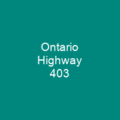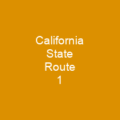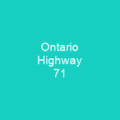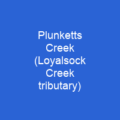Big Sur is a rugged and mountainous section of the Central Coast of California between Carmel Highlands and San Simeon. The region receives about the same number of visitors as Yosemite National Park, but offers only limited bus service, few restrooms, and a narrow two-lane highway that for most of its length clings to the steep coastal cliffs. About 60% of the coastal region is owned by governmental or private agencies which do not allow any development.
About Big Sur in brief

The road was reopened on July 18, 2018. The larger region known as Big Sur does not have specific boundaries, but is generally considered to include the 71-mile segment of California State Route 1 between Malpaso Creek near Carmal Highlands in the north and San Carpóforo Creek in the south. The majority of the interior region is part of the Los Padres National Forest, Ventana Wilderness, Silver Peak Wilderness or Fort Hunter Liggett. The region is often confused with the small community of buildings and services 26 miles south of Carmel in the Big Sur River valley, sometimes referred to by locals as Bigsur Village, but officially known asBig Sur. Some visitors only refer to Pfeifer Big Sur state park, whose environment setting is very different from that of the rest of the region and was created by the California Department of Game and Fish in the 1950s and 1960s. It is a popular destination for about 7 million people who live within a day’s drive and visitors from across the world, and it is among the top 35 tourist destinations world-wide. Big Sur has been called the \”longest and most scenic stretch of undeveloped coastline in the contiguous United States\”, a sublime \”national treasure that demands extraordinary procedures to protect it from development\”, and one of the most beautiful coastlines anywhere in the world.
You want to know more about Big Sur?
This page is based on the article Big Sur published in Wikipedia (as of Jan. 30, 2021) and was automatically summarized using artificial intelligence.







